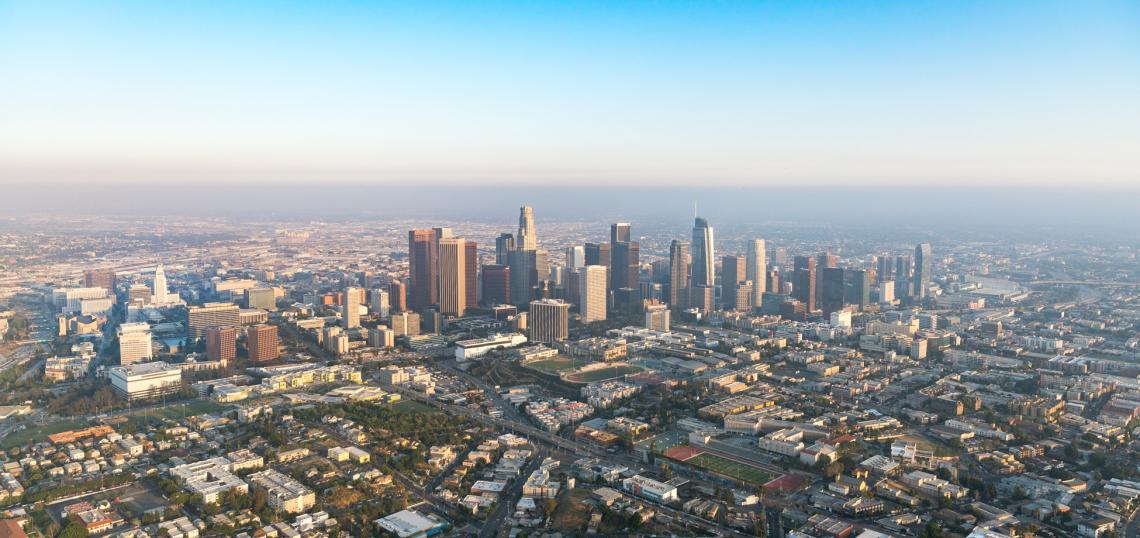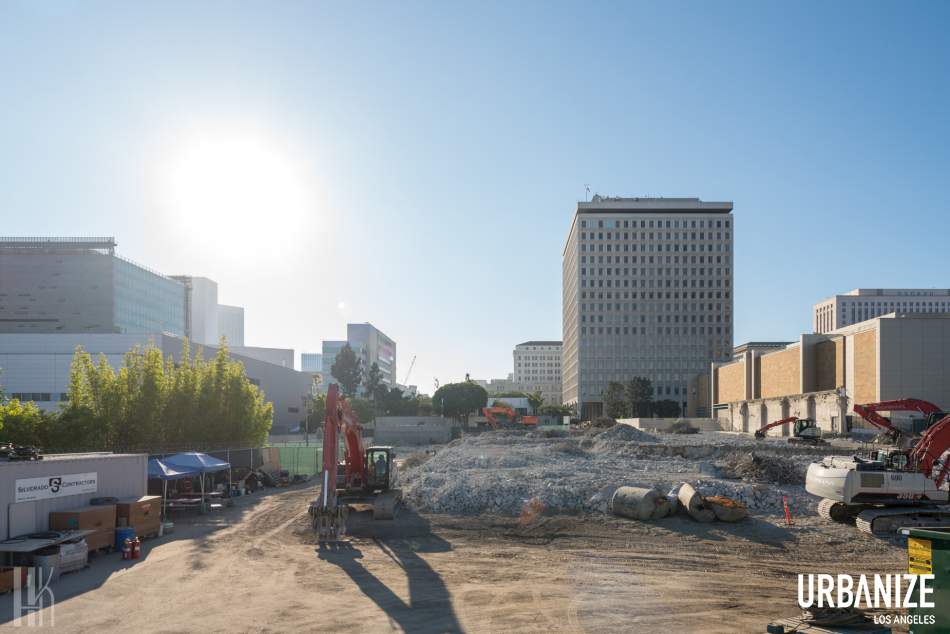A report released this week by L.A. City Controller Ron Galperin keys in on 26 city-owned sites which could be suitable for redevelopment with interim housing and supportive services for the region's growing unhoused population.
“Homelessness is an existential crisis for Los Angeles, and things have only gotten worse during the pandemic,” said Galperin, a candidate for State Controller, in a statement. “With tens of thousands of people sleeping on the streets nightly, the City must do more to alleviate homelessness by using the properties it owns. The status quo is unacceptable. My office took a fresh look at thousands of City properties and identified 26 that can be used right away for interim solutions. These properties are big enough, unused or vacant, and could give shelter and services to thousands of unhoused Angelenos.”
The sites recommended by City Controller's office were whittled down from an initial roster of 8,000 city-owned properties. Each has a minimum lot size of roughly 20,000 square feet, and are currently classified as "vacant" in a database maintained by the General Services Department. They include:
- 10901 S Clovis Avenue - a nearly 400,000-square-foot site in South Los Angeles controlled by the Economic and Workforce Development Department (EWDD);
- 2332 N. Workman, 216 S. Avenue 24, 2330 N. Daly, 2416 N. Workman, 154 S. Avenue 24 - a series of parking lots comprising nearly 200,000 square feet of space in Lincoln Heights;
- 3838 W. Martin Luther King Jr. Boulevard - a more than 100,000-square-foot site that sits within the Marlton Square site in Baldwin Hills;
- 10701 N. Sharp Avenue - a more than 100,000-square-foot site adjacent to the 118-5 interchange in the San Fernando Valley;
- 5975 S. Western Avenue - an empty, nearly 122,000-square-foot industrial site located just south of Slauson Avenue in Chesterfield Square;
- 12568 N. San Fernando Road - seven parcels comprising more than 96,000 square feet of space in Sylmar;
- 110 N. Avalon Boulevard - a 78,000-square-foot site controlled by the Harbor Department in Wilmington;
- 3416 W. 43rd Avenue - a public parking lot in Leimert Park which has previously been targeted for redevelopment with community-serving uses;
- Harry Bridges Boulevard/Island Avenue - a slip of unused railroad right-of-way near the Port of Los Angeles in Wilmington;
- 309 W. Harry Bridges Boulevard and 225 N. Fries Avenue - a 52,000-square-foot site on the same vacated right-of-way;
- 3228 W. 43rd Street - a second public parking lot in Leimert Park which has previously been targeted for redevelopment with community-serving uses;
- 5887 S. Crocker Street - four parcels totaling more than 36,000 square feet in South Los Angeles;
- 7120 Baird Avenue - a 33,500-square-foot public parking lot located just south of Sherman Way in Reseda;
- 209 N. Avalon Boulevard, 201 N. Avalon Boulevard, 119 Harry Bridges Boulevard, 127 Harry Bridges Boulevard, 111 Harry Bridges Boulevard - eight parcels totaling more than 32,000 square feet of space near the Port of Los Angeles in Wilmington;
- 323 W 8th Street - a parking lot next to the I-110 Freeway in South Los Angeles;
- 249 N. Chicago Avenue - a 27,000-square-foot public parking lot located near Cesar Chavez Avenue in Boyle Heights;
- 419 W. Harry Bridges Boulevard, 204 N. Lagoon Avenue, 216 N. Lagoon Avenue - a collection of industrial sites near the Port of Los Angeles in Wilmington;
- 235 W. 87th Street - a parking lot near the I-110 Freeway in South Los Angeles;
- 2010 S. Pisani Place - a 25,000-square-foot public parking lot just north of Venice Boulevard in Venice;
- 130 Broad Avenue - a 24,000-square-foot site adjacent to the Port of Los Angeles in Wilmington;
- 840 W. Slauson Avenue - a 24,000-square-foot slice of a high school parking lot in South Los Angeles;
- 5400 Crenshaw Boulevard - a narrow parking lot in Hyde Park which abuts a recently-completed affordable housing development;
- 600 E. L Street - a vacant 21,000-square-foot site not far from the Banning Museum in Wilmington;
- 7130 Darby Avenue - a 20,000-square-foot public parking lot located just south of Sherman Way in Reseda;
- 1636 W. Manchester Avenue - a vacant, nearly 20,000-square-foot lot in South Los Angeles; and
- 529 W. 11th Street - an 18,900-square-foot parking lot in San Pedro.
The report from the City Controller's office was initiated in 2021 when U.S. District Court Judge David O. Carter issued an injunction ordering the City of Los Angeles to develop its real estate portfolio in order to house Skid Row's homeless population - a move which was later invalidated by an appeal. Nonetheless, the identification of potential sites continued, though further studies regarding habitability would be required prior to redevelopment of any of the properties.
Besides the 26 sites identified in the report, Galperin also points to underutilized public parking lots as potential opportunity sites, as well as land surrounding Los Angeles International Airport.
Additionally, the report suggests making use of a landmark property in the Civic Center - the former site of Parker Center. Since the demolition of the former LAPD headquarters in 2022, the 100,000-square-foot property has remained vacant, as plans to construct a city office tower on the site were put on hold due to a swelling budget. That proposal may have an ally in the City Council, as incumbent 14th District representative Kevin de Leon has recently called for an update to the Civic Center Master Plan which would put a greater emphasis on housing.
The new report follows two audits conducted by the Controller's office of Proposition HHH, the $1.2-billion bond measure passed by Los Angeles voters to fund the construction of permanent supportive housing in 2016. Arguing that HHH-funded projects have become too expensive and have proceeded too slowly, Galperin has recommended that the city reallocate funding toward interim housing and shelters.







